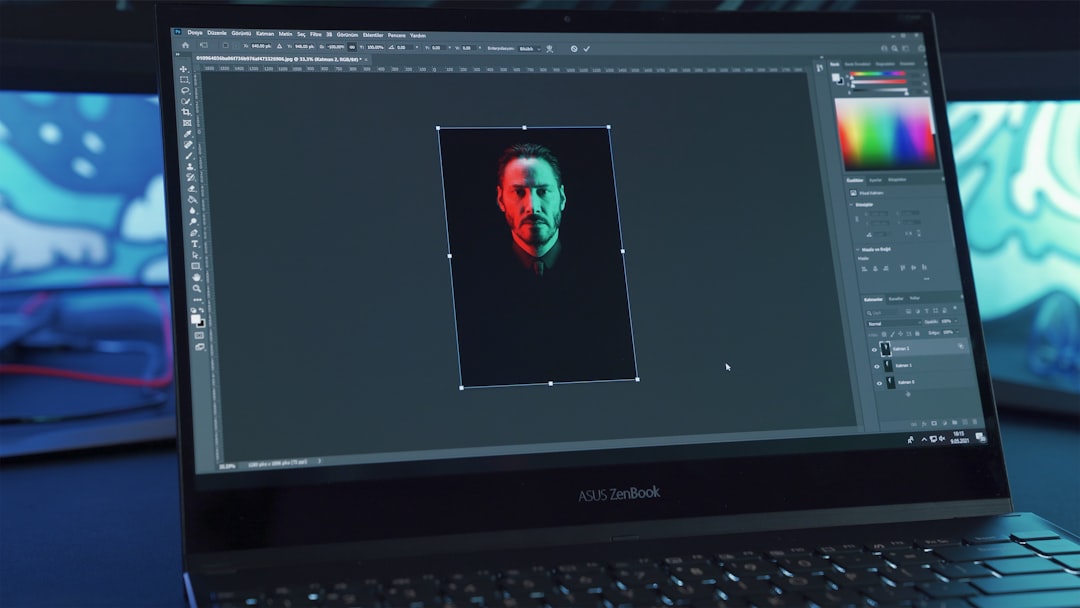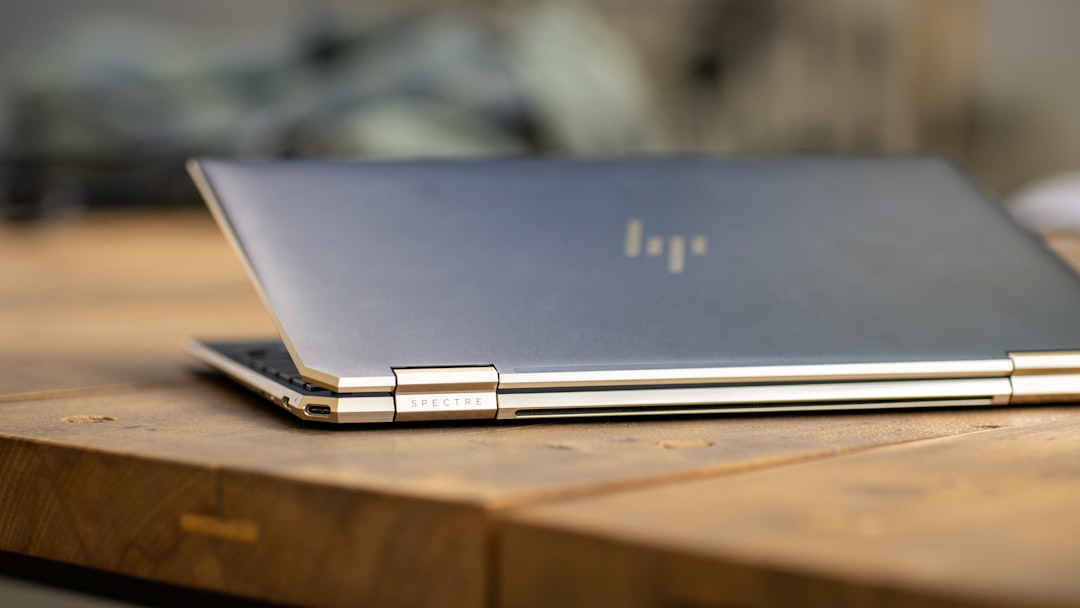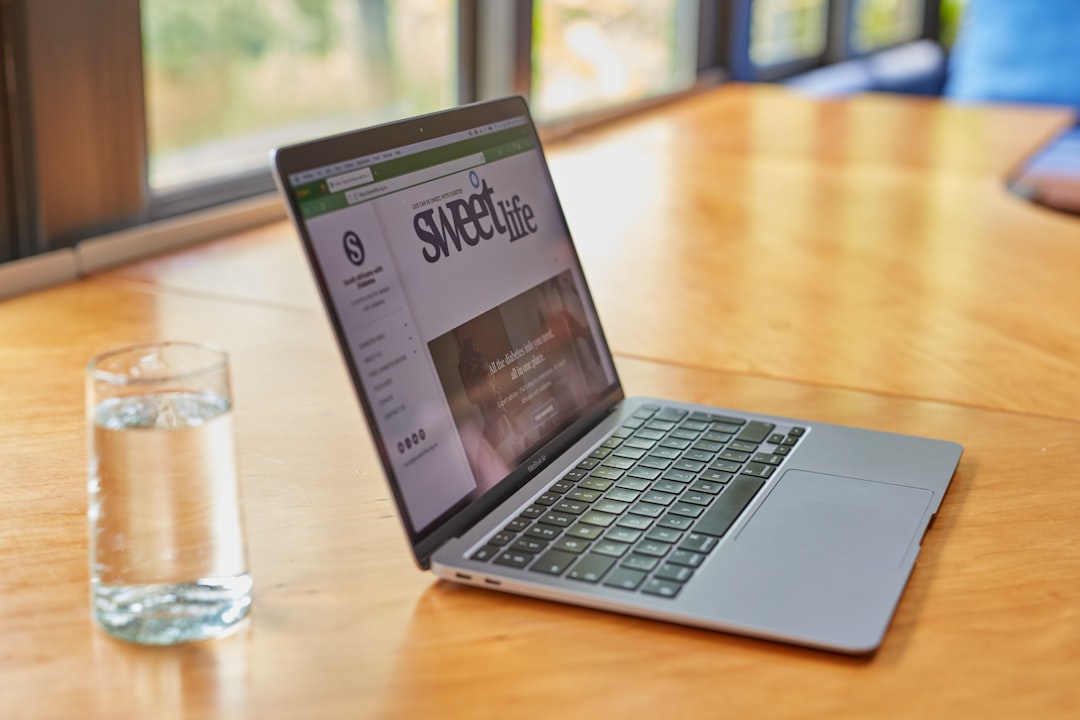Laptops have come a long way since their inception in the late 1970s. With continuous advancements in technology, these portable computers have become an integral part of our lives. From business professionals to students, we rely on laptops for work, study, entertainment, and everything in between. In this blog post, we will explore the evolution of laptops and how they have transformed over the years.
The first portable computer, known as the Osborne 1, was released in 1981. While this may seem ancient compared to the sleek machines we use now, it was revolutionary for its time. The Osborne 1 featured a 5-inch display, two floppy drives, and offered basic computing functionalities. However, its size and weight made it less portable than what we consider a laptop today.
In the following years, laptops became smaller and lighter, making them more accessible for users on the go. Toshiba introduced the T1100 in 1985, which was considered the first true laptop. With a clamshell design, a full-sized keyboard, and a rechargeable battery, the T1100 set a new standard for portable computing.
As technology advanced, so did the capabilities of laptops. The 1990s saw the rise of multimedia laptops, offering features such as CD-ROM drives and color displays. Companies like Sony, IBM, and Dell competed to produce the most innovative and powerful laptops. These devices set the stage for our modern-day laptops, with improved graphics, audio, and processing power.
The early 2000s marked a significant shift in laptop design. The introduction of smaller and thinner laptops, commonly known as ultrabooks, revolutionized the industry. These ultraportable laptops combined power and portability, making them ideal for users who needed high-performance on the go. Brands like Apple, with its MacBook Air, and Lenovo, with its ThinkPad series, led the way in this trend.
With the rise of social media, streaming platforms, and online gaming, the demand for more powerful laptops soared. High-performance laptops with dedicated graphics cards and fast processors became a must-have for gamers and content creators. Companies like ASUS, HP, and MSI introduced gaming laptops, catering to the niche market of users who demanded superior performance.
Today, laptops have become even more versatile with the introduction of 2-in-1 designs. These devices can transform from a laptop into a tablet, giving users the flexibility to work and play in various modes. Furthermore, the integration of touchscreens and stylus pens has enhanced the usability of these devices, making them ideal for artists and users who prefer a more tactile experience.
The future of laptops looks promising, with ongoing developments in technology. Foldable laptops, with flexible displays, offer a glimpse into what is to come. These devices promise increased screen real estate without compromising portability. Additionally, advancements in battery life and processing power will further enhance the user experience.
In conclusion, laptops have come a long way from their bulky and limited beginnings. They have evolved into powerful and versatile devices that are essential in our daily lives. From basic mobile computing to high-performance gaming and content creation, laptops have transformed the way we work, study, and entertain ourselves. As technology continues to advance, we can expect exciting developments that will shape the future of laptops.







